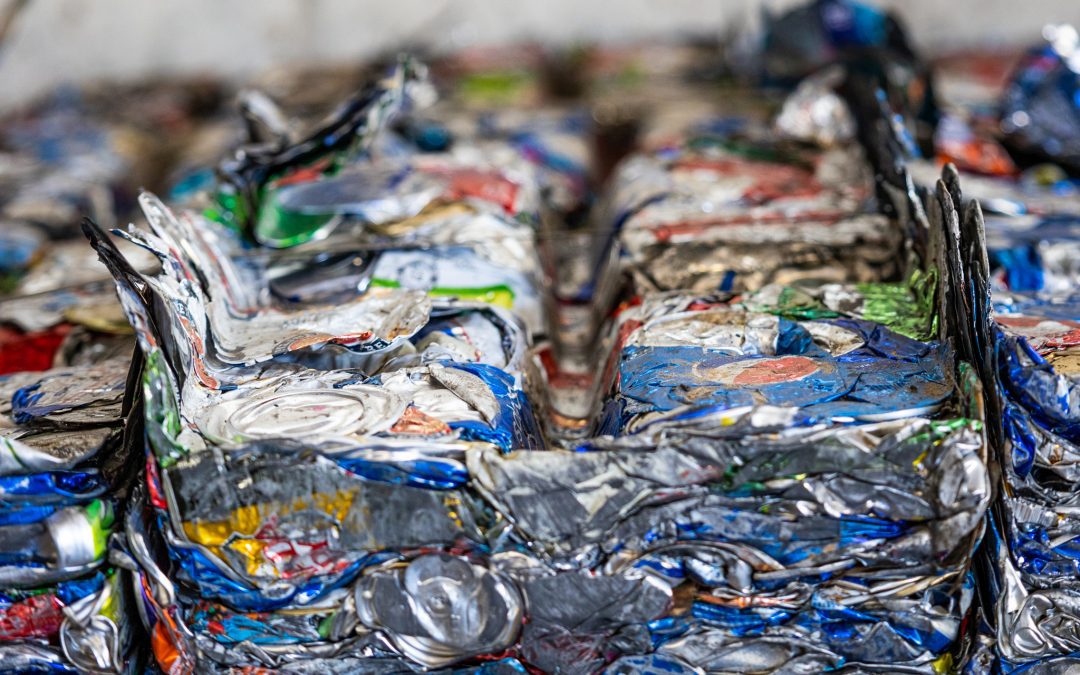When man first began making and storing beverages, anything that could hold liquid would do. Wine, mead, beers and more were stored in crocks, buckets, goatskin bags, and anything else that would allow carrying. Vendors and shopkeepers wishing to sell beverages tapped into heavy casks and wooden barrels to dispense tasty liquids into eager mugs. Glass has been around forever. It was produced in Asia around 100 B.C. The Romans started making glass jars around 1 AD. The first European settlers in Jamestown brought their techniques to American shores, building our country’s first glass furnace.
The lowly can, however, took a while to catch on.
The first patent for a beverage can was awarded in 1810. Nicholas Appert was a chef and brewer who was looking for something to store and preserve his homemade pickles. He placed them in glass jars, sealed them with corks and wax, and then boiled them. This process invented “canning,” a process that’s still used today. Napoleon was able to take Appert’s products along on his invasions, and Emperor Napoleon himself awarded Appert a medal.
Across the English Channel, King George III took notice, and granted a patent to and Englishman named Peter Durant for the construction of a tin cannister with a soldered lid.
This was the ubiquitous tin can.
The fatal flaw in Durant’s design was the lid. Many items, particularly beers, build up pressure. At a certain point, that pressure would cause the can to rupture. For the next century, folks tinkered with designs that would hold that pressure until the consumer was ready for a tasty libation.
By the early 1930’s, manufacturers had tackled most of the hard problems with storing food and drink in cans, but were only on the verge of containing carbonated beverages.
This, unfortunately, coincided with the Volstead Act. Otherwise known as “Prohibition”, this act banned the sale of beer in any way, shape or form.
By 1933, Americans had tired of being thirsty for adult beverages, and Prohibition was repealed. The race to package beer was back on.
Taking notice was the Gottfried Krueger Brewing Company of Newark, New Jersey. They met with representatives from the American Can Company, who said that they could safely can Krueger’s tasty brew. A skeptical Krueger agreed, but only on the conditions that American Can foot the bill for a test run of canned beers, and that nobody in Newark knew about it.
Krueger had a reputation to preserve.
In 1933, American Can Company produced a run of 2,000 cans of “Krueger’s Special Beer”. They sold them to friends and family, who declared that it was every bit as good as beer from a keg.
Fun Fact: Krueger’s Special Beer was sold right here in Richmond, Virginia. November, 1933 – the first beer cans.
In 1958, Hawaii Brewing Company got tired of paying an arm and a leg to ship their “Primo Beer” to the mainland. Tin cans are heavy. So, Hawaii Brewing arranged to package beers in aluminum cans with paper labels. They were much lighter and seemed to keep beers fresher.
Today, 75% of all beverage cans worldwide are made of aluminum. Aluminum is also easily recycled, which is great as aluminum is finite resource. In fact, 75% of all of the aluminum that has ever been produced is still in use. We mine it, make cans, fill them with things, and then turn the empties into new cans – at a remarkably efficient rate. A 2019 study said that over 105,000 aluminum cans are recycled every minute.
But not every aluminum can gets recycled. Around 45 billion cans end up in landfills each year. That’s around $800 million worth of aluminum.
You should bring your empties to us. We’ll get them back into the manufacturing stream, and give you your part of that $800 million.

Recent Comments